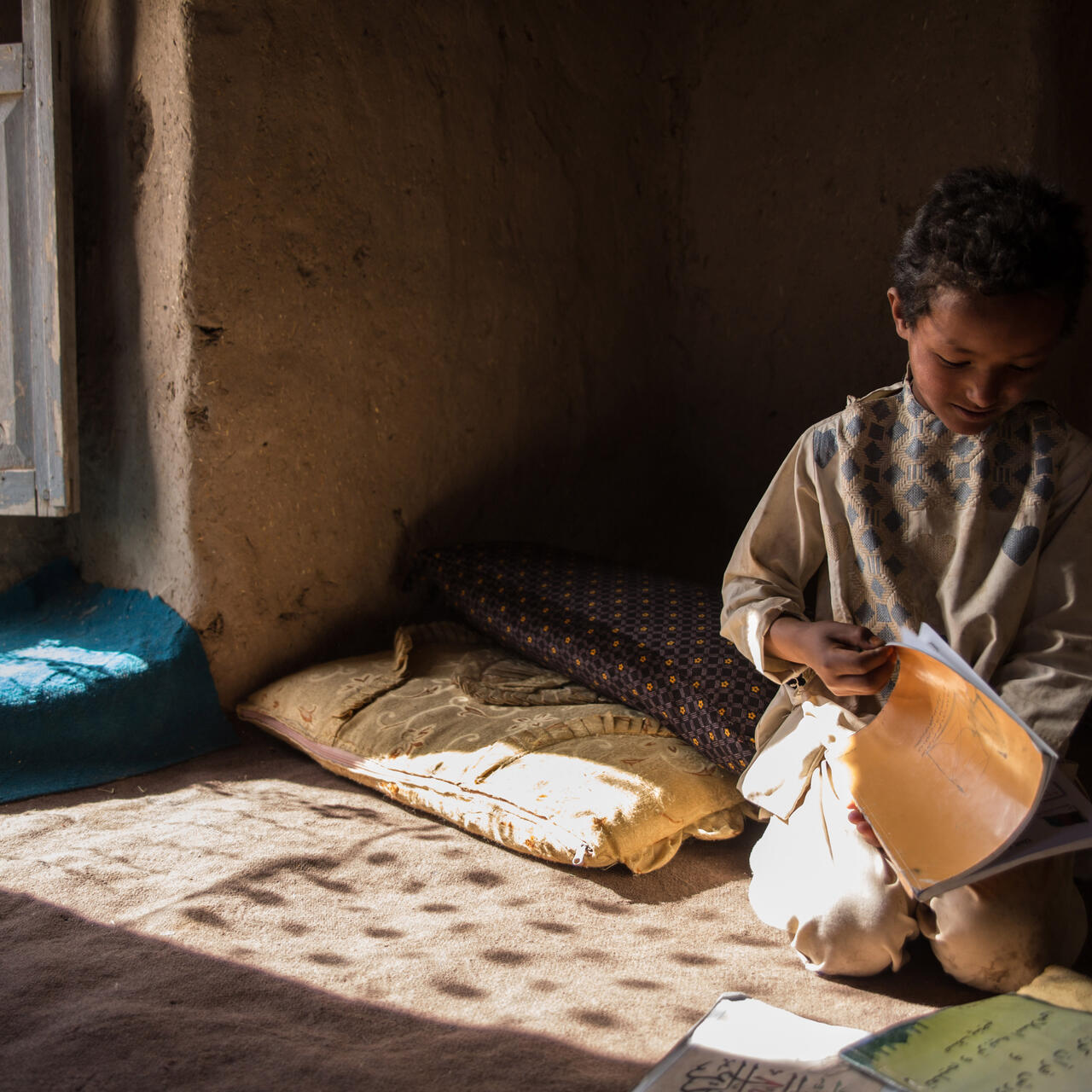
Crisis in Afghanistan: Stalled peace process under threat
Here are five reasons the International Rescue Committee’s Emergency Watchlist ranks Afghanistan second among countries most at risk of humanitarian catastrophe in 2021.

Here are five reasons the International Rescue Committee’s Emergency Watchlist ranks Afghanistan second among countries most at risk of humanitarian catastrophe in 2021.
Afghanistan has risen to second on the International Rescue Committee's annual Emergency Watchlist due to a triple threat of conflict, COVID-19 and climate change. Here's what you need to know about the humanitarian emergency in Afghanistan.
Editor's note, December 15, 2021: Afghanistan has risen to the top of the IRC's Watchlist of countries most likely to experience deteriorating humanitarian crisis in 2022. The country could see near universal poverty in 2022 with 97% of Afghans at risk.
After four decades of conflict and economic turmoil, Afghanistan is now struggling with effects of the global pandemic and natural disasters. The number of people in need for 2021 nearly doubled compared to early 2020, and Afghanistan rose from sixth to second on the IRC’s Emergency Watchlist.
As peace talks fail to make progress, Afghans remain under continued threat of violence, with many fleeing their homes in search of safety. Amid this volatility, women and girls are also at greater risk of experiencing violence within their own homes.
“When Afghans cannot provide for their family, we see a surge in violence against the most vulnerable family members,” says Vicki Aken, country director for the IRC in Afghanistan. “This forces many families, including children, to risk their lives in desperate attempts to leave Afghanistan and seek safer, better lives elsewhere. A peaceful resolution to the ongoing conflict is the only sustainable solution to meeting chronic need in Afghanistan.”
Here are five reasons Afghanistan is one of the countries most at risk of humanitarian catastrophe in 2021:
With the May deadline for the U.S. withdrawal of troops looming, peace talks remain stalled and millions of Afghans are still at risk of violence and displacement. Fighting in late 2020 alone forced 35,000 people from their homes and could indicate a larger escalation in conflict yet to come.
Afghanistan remains one of the most dangerous countries in the world for civilians and aid workers. While overall deaths fell in 2020l, fatalities from violence against civilians increased.
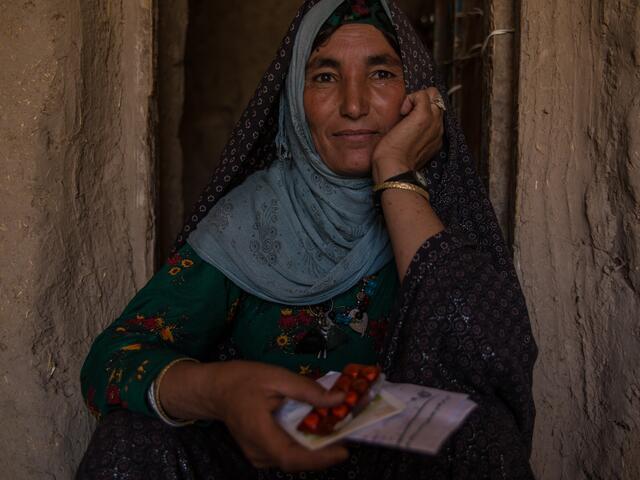
Ongoing conflict also forced 38 health facilities to close in 2020, making it difficult for many Afghans to receive lifesaving care during the COVID-19 pandemic, and preventing aid workers from meeting increased humanitarian needs.
At home and abroad, Afghans have been uprooted and affected by the pandemic. Last year saw a 50% increase in Afghan refugees returning home from 2019, with over 868,000 Afghan refugees returning, partially due to lockdowns in neighboring countries. Within Afghanistan, 59% of households saw their income decrease.
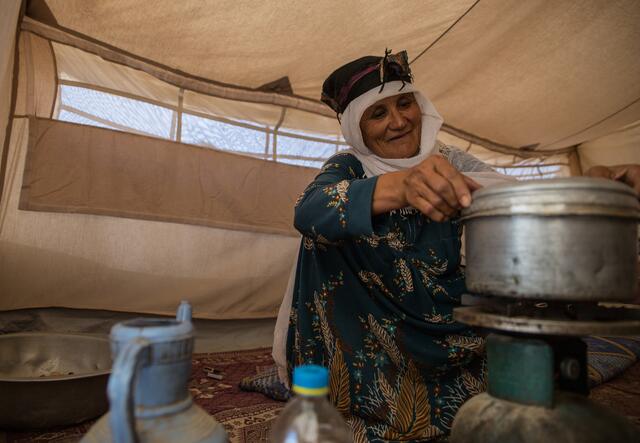
As the pandemic continues, an additional 6 million Afghans are at risk of poverty and 42% are expected to face crisis levels of food insecurity.
Reports of early marriages and violence against women have increased in the wake of ongoing conflict. Worryingly, women continue to be targeted by armed groups and instances of violence—such as the attack on a maternity hospital in 2019—are an ever-present threat. An IRC survey found that women are also disproportionately affected by COVID-19 due to cultural barriers to health services and jobs. While critical gains have been made for women’s equality, they may be rolled back as the pandemic continues and conflict disrupts life within the country.
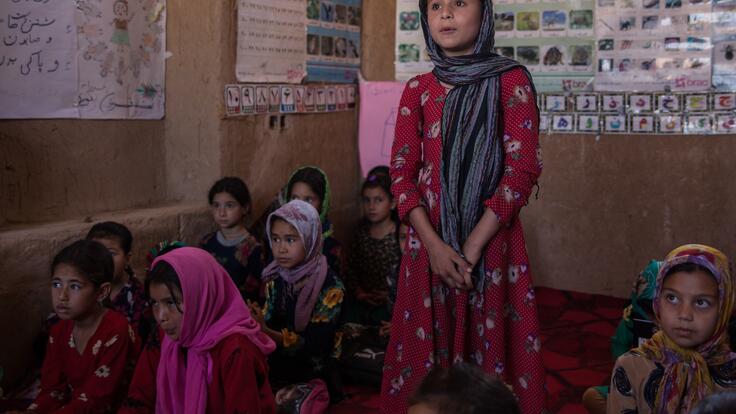
Natural disasters and extreme weather conditions continue to plague Afghanistan, partly due to climate change. In fact, the country is ranked one of the top 10 most vulnerable to climate change across the globe.
Over 1 million people remain displaced due to natural disasters and around half of the districts in Afghanistan experienced a natural disaster in 2020, affecting over 110,000 people. Impending drought this year threatens much of the country, posing further displacement and widespread hunger. Already, 42% of the population is experiencing food insecurity and this will increase as the drought takes hold.
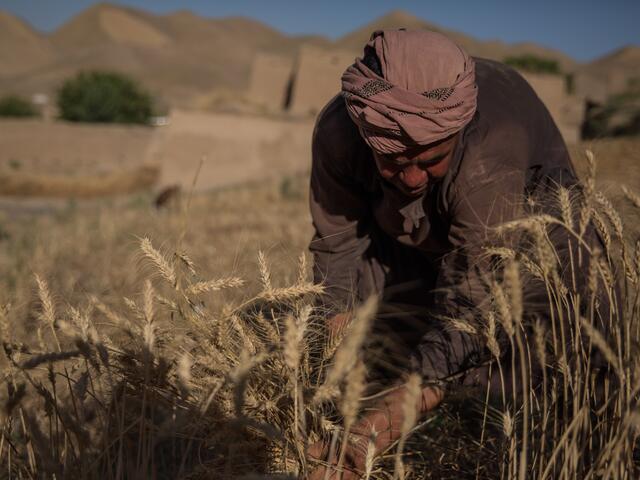
For citations, additional insights on the crisis in Afghanistan in 2021, and the IRC’s recommendations for the international response, please refer to the full 2021 Emergency Watchlist report.
The International Rescue Committee has been working in Afghanistan since 1988, reaching over 1 million people each year with emergency aid and recovery programs. The IRC has also become one of the leaders in women’s protection and empowerment in the country.
As Afghanistan struggles to recover from the coronavirus pandemic and other health crises, the IRC is supporting over 100 health facilities, installing hand-washing stations in local communities, and providing information and training sessions about COVID-19.
Learn more about the IRC’s response in Afghanistan.
The annual Emergency Watchlist is a global list of humanitarian crises the IRC expects to significantly deteriorate over the course of the coming year. Read about the top 10 crisis countries in the list and download the 2021 Emergency Watchlist report.
Afghanistan rises to the top of Watchlist as the population increasingly cannot meet basic needs and the economy and public services collapse, despite the end of major conflict. Here's what you need to know about the growing humanitarian crisis in Afghanistan in 2022.
Afghanistan crisis: Learn more
Crisis information: Afghanistan facts l What is happening in Afghanistan?
In focus: Women in Afghanistan l Hunger crisis l Climate change impacts l How Afghan allies seek safety l Afghan Special Immigrant Visa (SIV)How the IRC helps Afghans:In Afghanistan l In the U.S. l Around the globe
How to help Afghans: In Afghanistan l In your community l Donate to the IRC